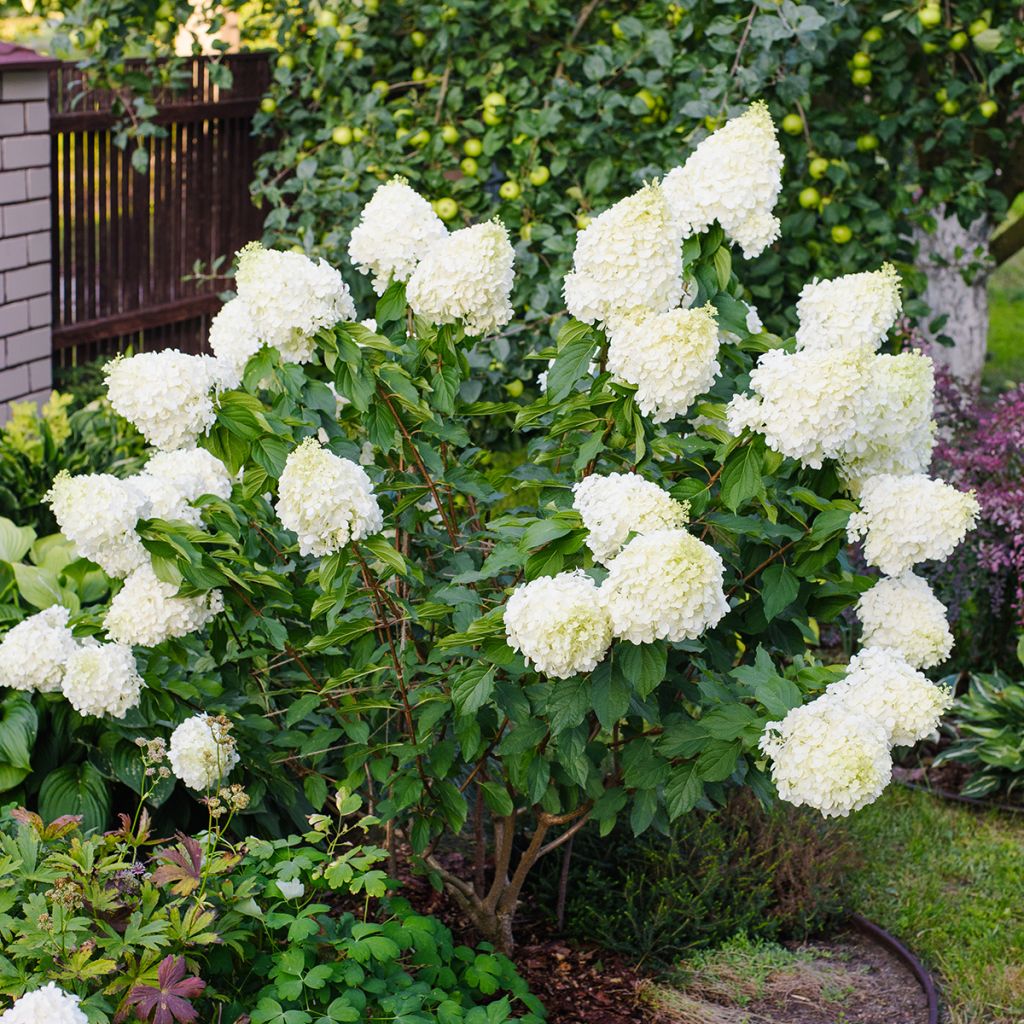

Hydrangea paniculata Polar Bear
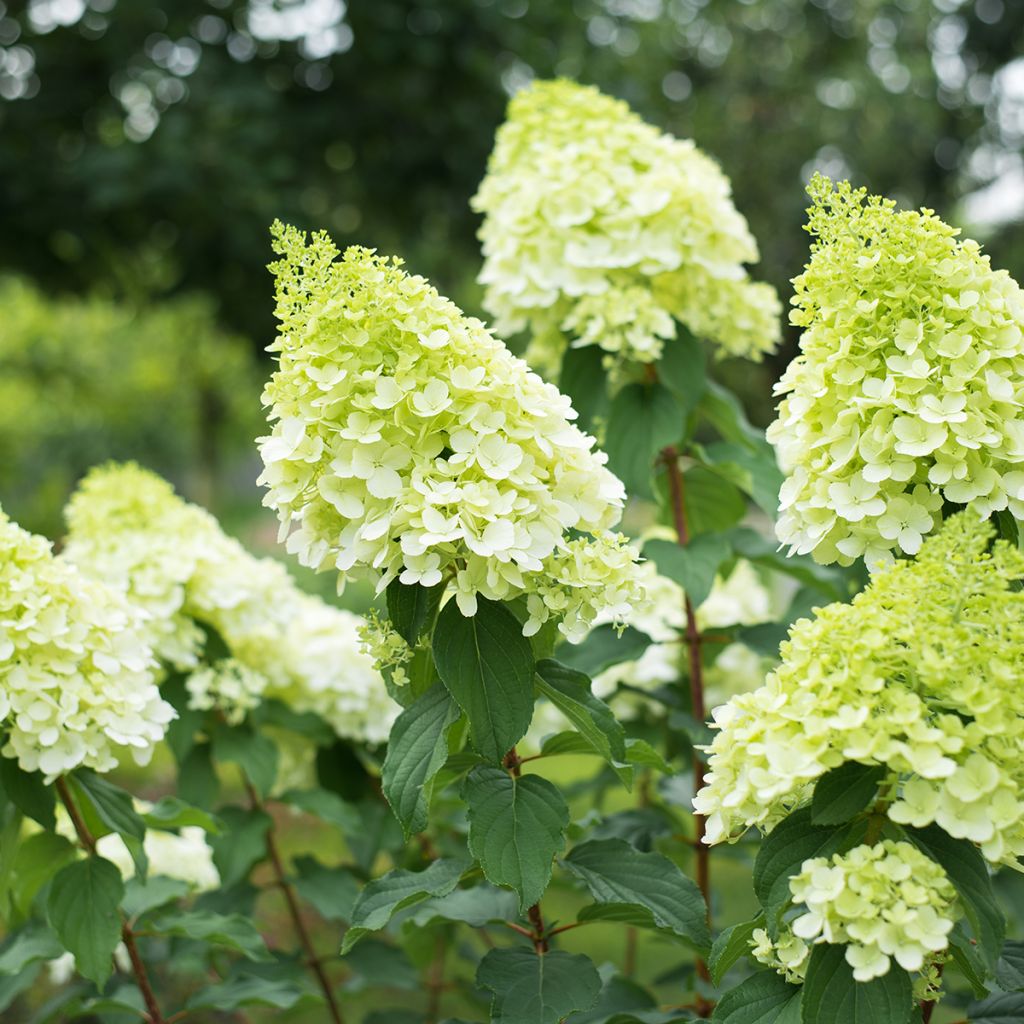

Hydrangea paniculata Polar Bear
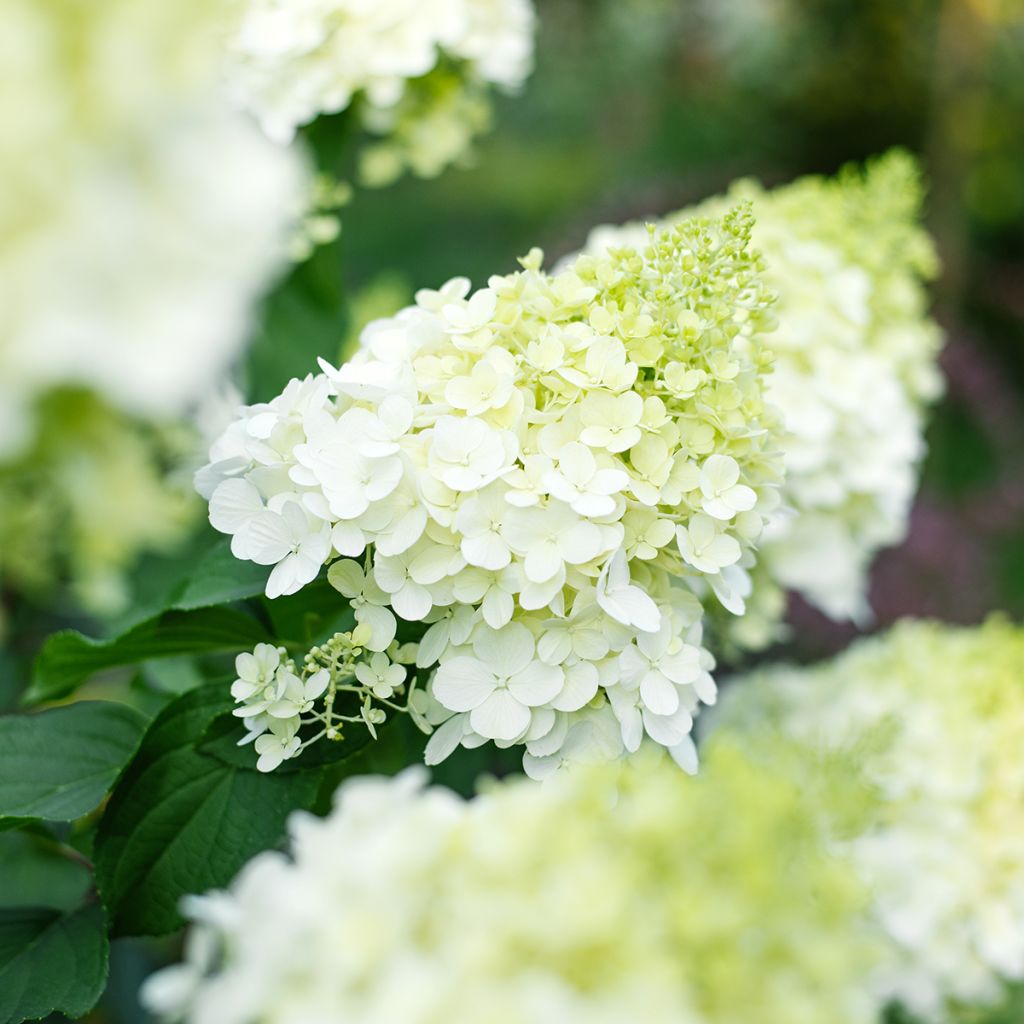

Hydrangea paniculata Polar Bear
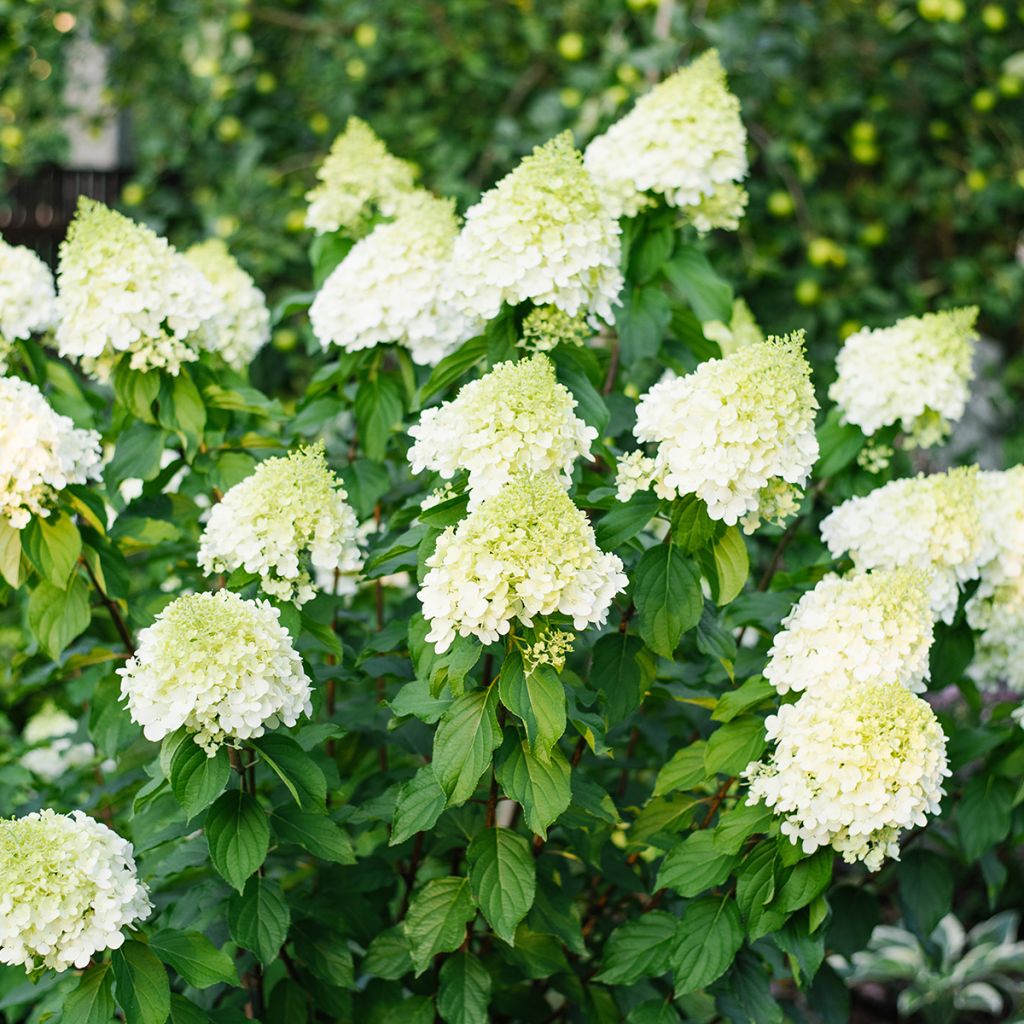

Hydrangea paniculata Polar Bear


Hydrangea paniculata Polar Bear
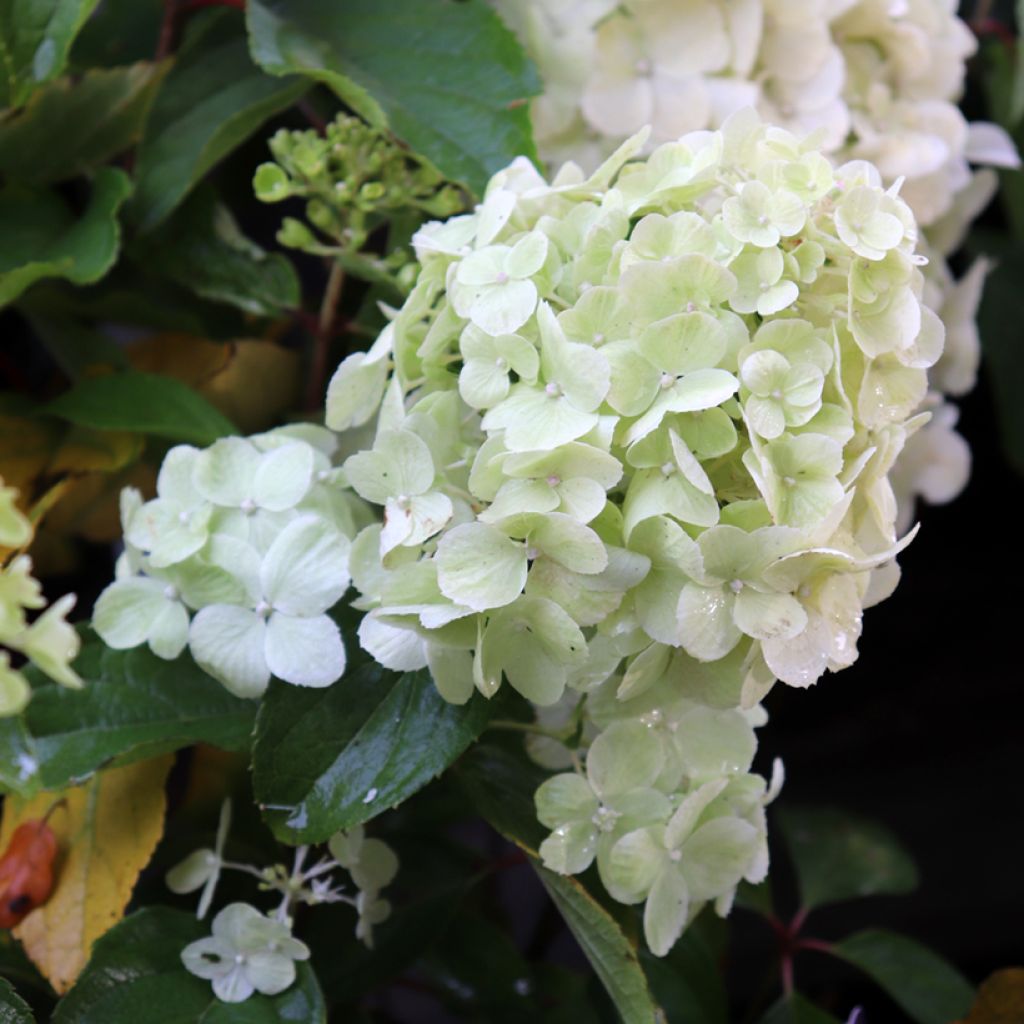

Hydrangea paniculata Polar Bear
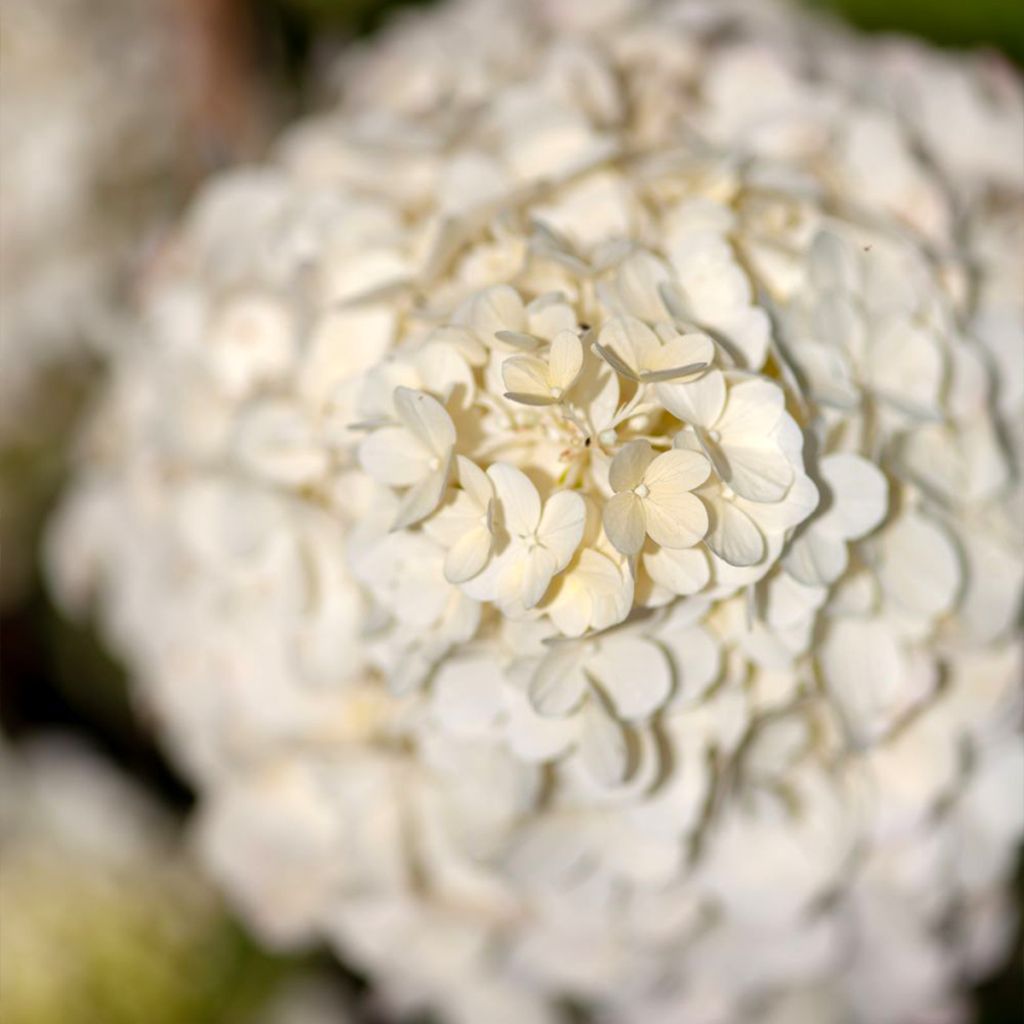

Hydrangea paniculata Polar Bear
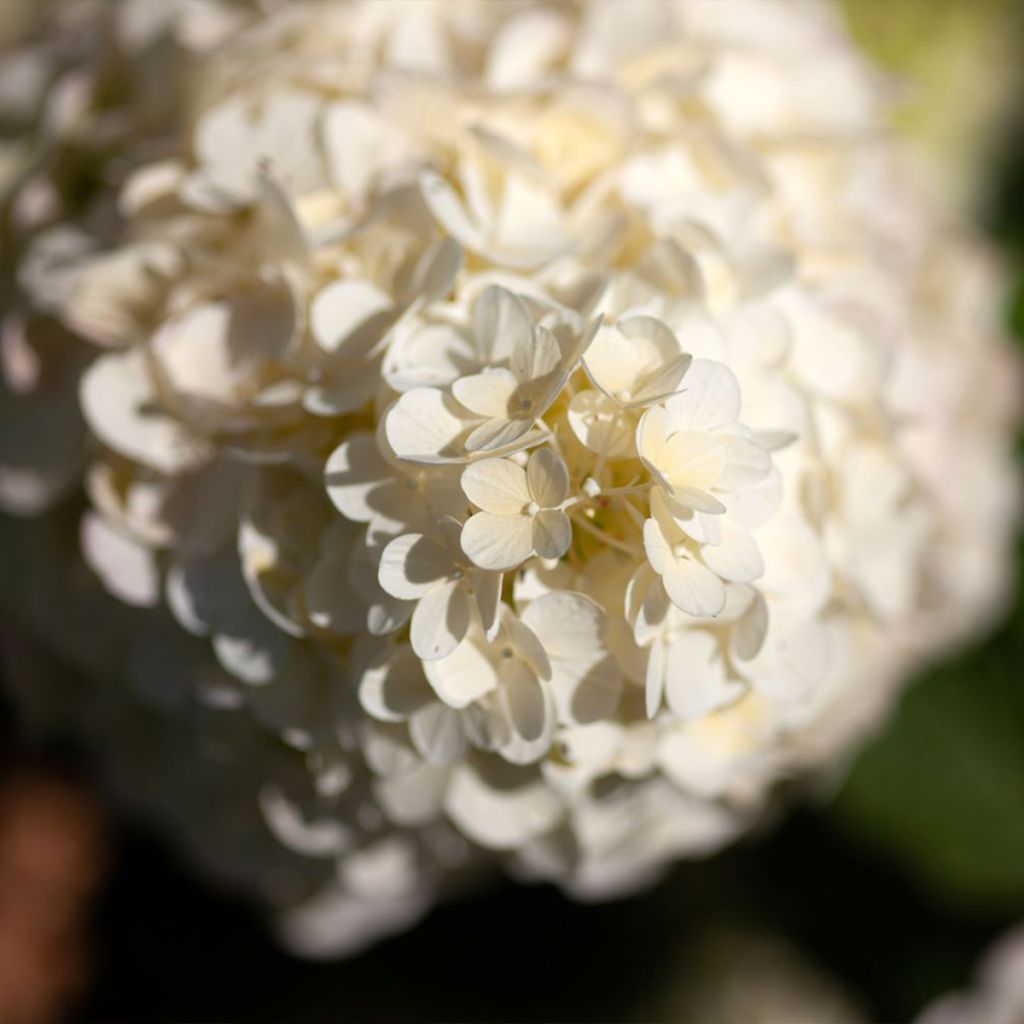

Hydrangea paniculata Polar Bear


Hydrangea paniculata Polar Bear
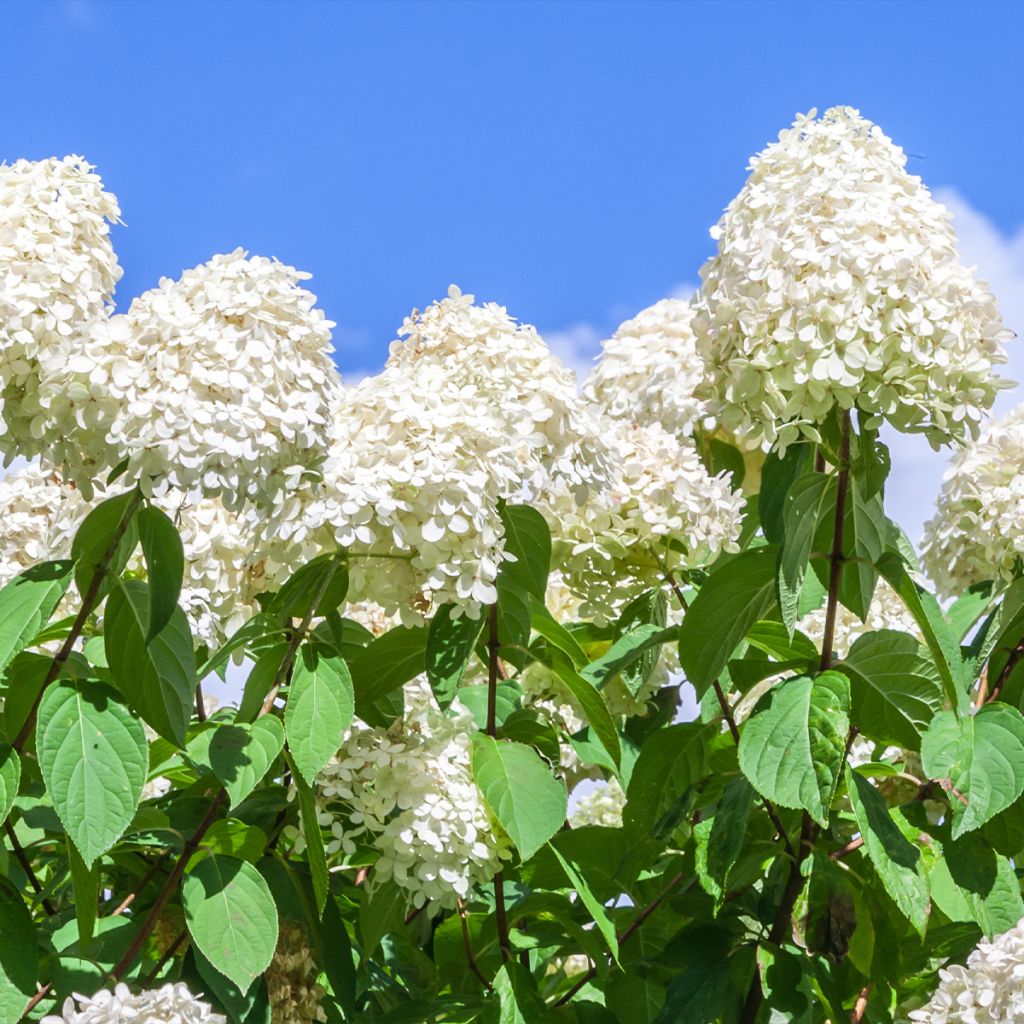

Hydrangea paniculata Polar Bear
Hydrangea paniculata Polar Bear
Hydrangea paniculata Polar Bear
Paniculate Hydrangea, Panicled Hydrangea, Panicle Hydrangea
It has settled in very well despite the heat. For the first year, it's still small and the flowers aren't 40 cm tall, but I hope that as it grows, the flowers will become more impressive.
Pat, 13/08/2025
Special offer!
Receive a €20 voucher for any order over €90 (excluding delivery costs, credit notes, and plastic-free options)!
1- Add your favorite plants to your cart.
2- Once you have reached €90, confirm your order (you can even choose the delivery date!).
3- As soon as your order is shipped, you will receive an email containing your voucher code, valid for 3 months (90 days).
Your voucher is unique and can only be used once, for any order with a minimum value of €20, excluding delivery costs.
Can be combined with other current offers, non-divisible and non-refundable.
Home or relay delivery (depending on size and destination)
Schedule delivery date,
and select date in basket
This plant carries a 24 months recovery warranty
More information
We guarantee the quality of our plants for a full growing cycle, and will replace at our expense any plant that fails to recover under normal climatic and planting conditions.
Would this plant suit my garden?
Set up your Plantfit profile →
Description
Hydrangea paniculata 'Polar Bear' is a variety of paniculate hydrangea with a compact habit, which can be grown in large containers. In addition to its dense and upright branches, this Hydrangea stands out for its exceptional flowering, consisting of oversized white inflorescences. Blooming throughout the summer, they turn pink over the weeks, adding to the romantic charm of this small Hydrangea. Particularly adaptable to different soil types, it does not require acidic soil to thrive and is one of the best Hydrangeas for beginners in the garden.
Hydrangea paniculata, also known as Mountain Hydrangea, is a species of Hydrangea belonging to the Hydrangeaceae family, native to deciduous forests in China and Japan. It is fully hardy and can be easily grown in any well-draining garden soil with some moisture. In the past, only large-growing varieties were available, but breeders have worked extensively on this species to introduce numerous compact cultivars. In the 1970s, botanist Jelena de Belder introduced the variety 'Pink Diamond', which quickly gained popularity with its white flowers that change colour during flowering.
The variety 'Polar Bear' (named after its flower colour) is the result of a cross-breeding between two other varieties of Hydrangea paniculata: 'Limelight' and 'Grandiflora'. It is particularly spectacular due to the size of its inflorescences, which can reach 40cm (15.7in) in length! These large, more or less conical panicles start off with pure white colour and gradually turn pink throughout the season. The flowering period lasts several months, from July to October, making this compact Hydrangea one of the best summer-flowering shrubs. The flowers account for nearly a third of the total volume of this variety! This hydrangea tolerates partial shade but not full shade. It has excellent hardiness, down to -25°C, allowing it to be planted practically anywhere in Europe.
Hydrangea paniculata 'Polar Bear' is the ideal Hydrangea for gardeners who are unable to plant Hydrangea macrophylla due to unsuitable soil and climate conditions. This Hydrangea tolerates full sun, which is a definite advantage for this category of shrubs. Its compact size allows it to be grown in large containers on a terrace. In the garden, it can be paired with early-flowering shrubs, such as the charming Camellia 'Marshmallow' with its anemone-like pink flowers, and other spring-flowering plants (Spireas, Exochordas, etc.) to create a flower-filled border all year round. To create a purely summer scene, it is important to choose neighboring plants with impressive flowering displays, as they may be visually overshadowed by the blooms of our 'Polar Bear' Hydrangea. Crape Myrtles or Indian Lilacs are good candidates that can hold their own!
Report an error about the product description
Hydrangea paniculata Polar Bear in pictures
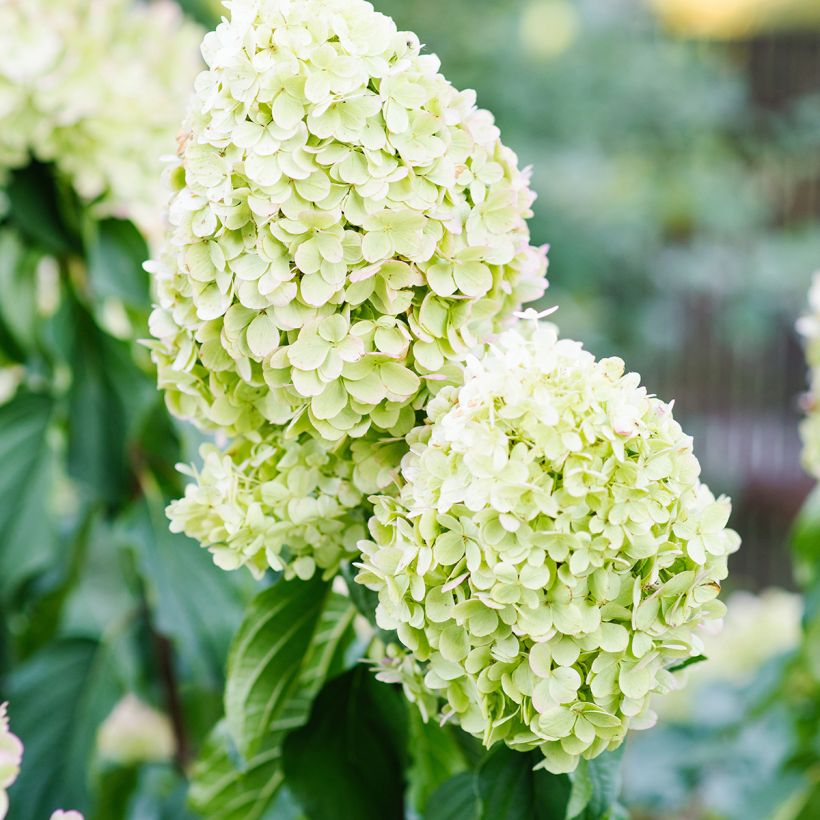

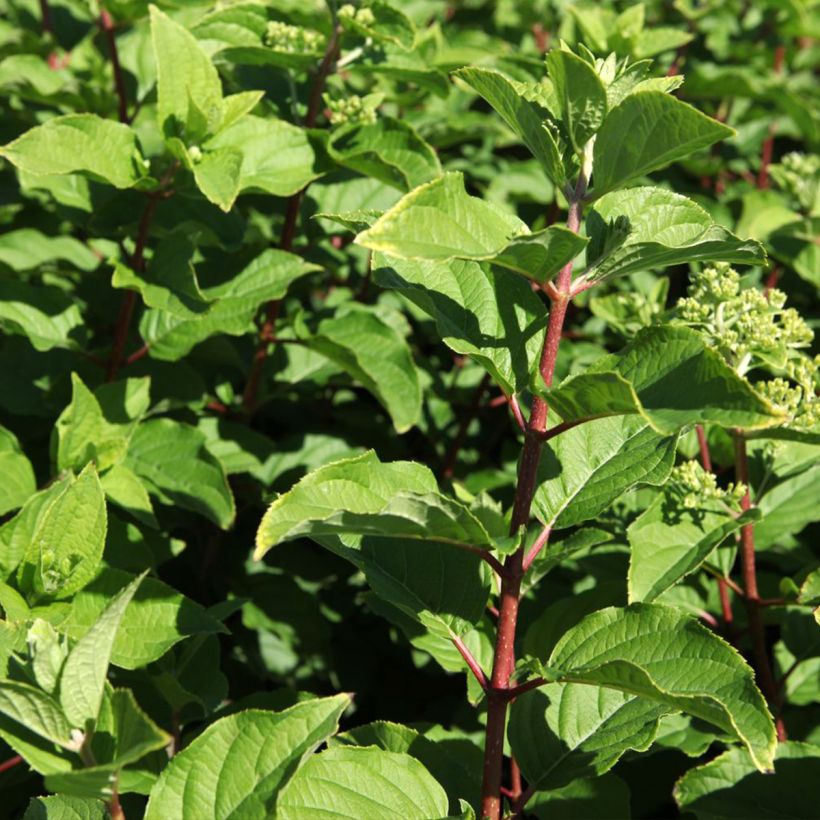

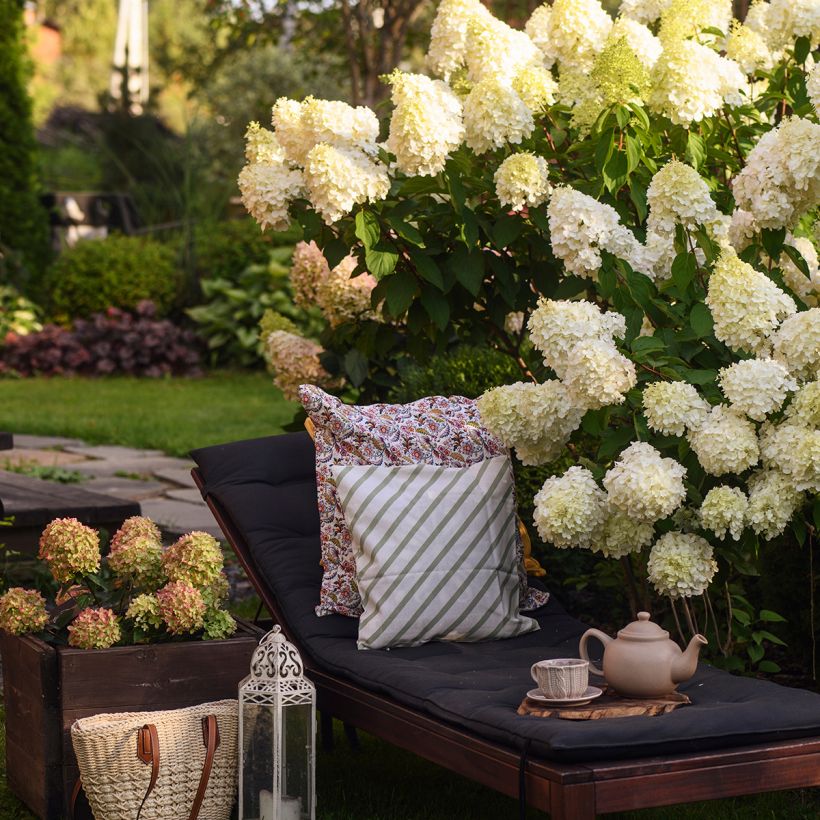

Plant habit
Flowering
Foliage
Botanical data
Hydrangea
paniculata
Polar Bear
Hydrangeaceae
Paniculate Hydrangea, Panicled Hydrangea, Panicle Hydrangea
Cultivar or hybrid
Planting and care
The 'Polar Bear' paniculate Hydrangea is not very demanding on the nature of the soil, as long as it is not too heavy. It does not require heather soil, it grows in neutral soil and can even tolerate some limestone. It also adapts to sandy or rocky terrain as long as it remains slightly moist, or by being well watered. Under these conditions, it is good to add compost to the base of the bush every year.
It requires a sunny exposure, not scorching or partially shaded. At planting, place it in deeply worked soil, after soaking the root ball for half an hour in a bucket of water. A good base fertilizer (horn or dehydrated blood) will promote the growth of your plant and nourish it without risk of burning. If your soil tends to be dry, mix compost with the soil, filling the planting hole and provide a surface watering basin.
At the end of summer, we advise you not to cut the dry panicles, as they will protect the terminal shoots of the branches in winter. You will cut all the dry flowers at the end of February or at the first sunny days and eliminate some branches by pruning them very short every year, to promote the growth of new stems.
Planting period
Intended location
Care
-
, onOrder confirmed
Reply from on Promesse de fleurs
Haven't found what you were looking for?
Hardiness is the lowest winter temperature a plant can endure without suffering serious damage or even dying. However, hardiness is affected by location (a sheltered area, such as a patio), protection (winter cover) and soil type (hardiness is improved by well-drained soil).

Photo Sharing Terms & Conditions
In order to encourage gardeners to interact and share their experiences, Promesse de fleurs offers various media enabling content to be uploaded onto its Site - in particular via the ‘Photo sharing’ module.
The User agrees to refrain from:
- Posting any content that is illegal, prejudicial, insulting, racist, inciteful to hatred, revisionist, contrary to public decency, that infringes on privacy or on the privacy rights of third parties, in particular the publicity rights of persons and goods, intellectual property rights, or the right to privacy.
- Submitting content on behalf of a third party;
- Impersonate the identity of a third party and/or publish any personal information about a third party;
In general, the User undertakes to refrain from any unethical behaviour.
All Content (in particular text, comments, files, images, photos, videos, creative works, etc.), which may be subject to property or intellectual property rights, image or other private rights, shall remain the property of the User, subject to the limited rights granted by the terms of the licence granted by Promesse de fleurs as stated below. Users are at liberty to publish or not to publish such Content on the Site, notably via the ‘Photo Sharing’ facility, and accept that this Content shall be made public and freely accessible, notably on the Internet.
Users further acknowledge, undertake to have ,and guarantee that they hold all necessary rights and permissions to publish such material on the Site, in particular with regard to the legislation in force pertaining to any privacy, property, intellectual property, image, or contractual rights, or rights of any other nature. By publishing such Content on the Site, Users acknowledge accepting full liability as publishers of the Content within the meaning of the law, and grant Promesse de fleurs, free of charge, an inclusive, worldwide licence for the said Content for the entire duration of its publication, including all reproduction, representation, up/downloading, displaying, performing, transmission, and storage rights.
Users also grant permission for their name to be linked to the Content and accept that this link may not always be made available.
By engaging in posting material, Users consent to their Content becoming automatically accessible on the Internet, in particular on other sites and/or blogs and/or web pages of the Promesse de fleurs site, including in particular social pages and the Promesse de fleurs catalogue.
Users may secure the removal of entrusted content free of charge by issuing a simple request via our contact form.
The flowering period indicated on our website applies to countries and regions located in USDA zone 8 (France, the United Kingdom, Ireland, the Netherlands, etc.)
It will vary according to where you live:
- In zones 9 to 10 (Italy, Spain, Greece, etc.), flowering will occur about 2 to 4 weeks earlier.
- In zones 6 to 7 (Germany, Poland, Slovenia, and lower mountainous regions), flowering will be delayed by 2 to 3 weeks.
- In zone 5 (Central Europe, Scandinavia), blooming will be delayed by 3 to 5 weeks.
In temperate climates, pruning of spring-flowering shrubs (forsythia, spireas, etc.) should be done just after flowering.
Pruning of summer-flowering shrubs (Indian Lilac, Perovskia, etc.) can be done in winter or spring.
In cold regions as well as with frost-sensitive plants, avoid pruning too early when severe frosts may still occur.
The planting period indicated on our website applies to countries and regions located in USDA zone 8 (France, United Kingdom, Ireland, Netherlands).
It will vary according to where you live:
- In Mediterranean zones (Marseille, Madrid, Milan, etc.), autumn and winter are the best planting periods.
- In continental zones (Strasbourg, Munich, Vienna, etc.), delay planting by 2 to 3 weeks in spring and bring it forward by 2 to 4 weeks in autumn.
- In mountainous regions (the Alps, Pyrenees, Carpathians, etc.), it is best to plant in late spring (May-June) or late summer (August-September).
The harvesting period indicated on our website applies to countries and regions in USDA zone 8 (France, England, Ireland, the Netherlands).
In colder areas (Scandinavia, Poland, Austria...) fruit and vegetable harvests are likely to be delayed by 3-4 weeks.
In warmer areas (Italy, Spain, Greece, etc.), harvesting will probably take place earlier, depending on weather conditions.
The sowing periods indicated on our website apply to countries and regions within USDA Zone 8 (France, UK, Ireland, Netherlands).
In colder areas (Scandinavia, Poland, Austria...), delay any outdoor sowing by 3-4 weeks, or sow under glass.
In warmer climes (Italy, Spain, Greece, etc.), bring outdoor sowing forward by a few weeks.
































